Rethinking Housing for Seasonal Agriculture Workers
This typology has not changed in more than 65 years
In 1953, the New York State Colleges of Agriculture and Home Economics, units of the State University of New York, at Cornell University published a manual of Housing for Migrant Farm Workers. This typology has not changed much after 70 years. “Architecture plays a crucial role in the processes of both colonization and decolonization: in organizing spatial relations, expressing ideologies, and serving as evidence for political and cultural claims.”1
Seasonal farmworkers and their families are one of the most vulnerable populations in Mexico. According to DOF (Diario Oficial de la Federacion) in 2016 almost 6.5 million farmworkers and family members leave their homes to work to industrial agriculture companies. Richard Sennett´s model, between open and close form, where in one form, people can participate and in the other they cannot, invites us to think how this farmworkers housing typology can be more open, more porous, uncontrolled, open ended and with multiple functions, more connected to the closest town. More as a prototype, less as a type form.
Through understanding the language of farmworker human mobility patterns, the aim is to identify needs and factors of this flow. To analyze the different fragments that construct the territory of multiple flows that dominate the itineraries of this population in movement.
According to Easterling, the green houses are the cruises of the tourist world “They have made the agricultural industry, into a mobile territory, – it is not only a formula for the growth of plants but also for the growth of urbanism”.6
What is the Antidote to Cut the Cycle? How can we empower the migrant farmworker? How can we offer them flows that they can control? “Participation is about finding a new balance between existing power structures.”13 In order to understand their needs, methodologies such as archival work, studio work and different field immersion methodologies such as PAR participatory action research, focus groups, semi-structured interviews, mapping, and analytic quantitative methods are necessary.
Addressing the relationship between the farm laborers, the living space, the landscape and the land could become a manjor agent of social and spatial transformation towards seasonal farmworkers resilience.
1 Hilal, Sandi and Petti, Alessandro. “ Permanent Temporariness” (Art And Theory Publishing, 2018), excerpts. 6 Easterling, Keller. “Tomato World,” Praxis 4: Landscapes (2002): 117–123. 13 Hilal, Sandi and Petti, Alessandro. “ Permanent Temporariness” (Art And Theory Publishing, 2018), excerpts.
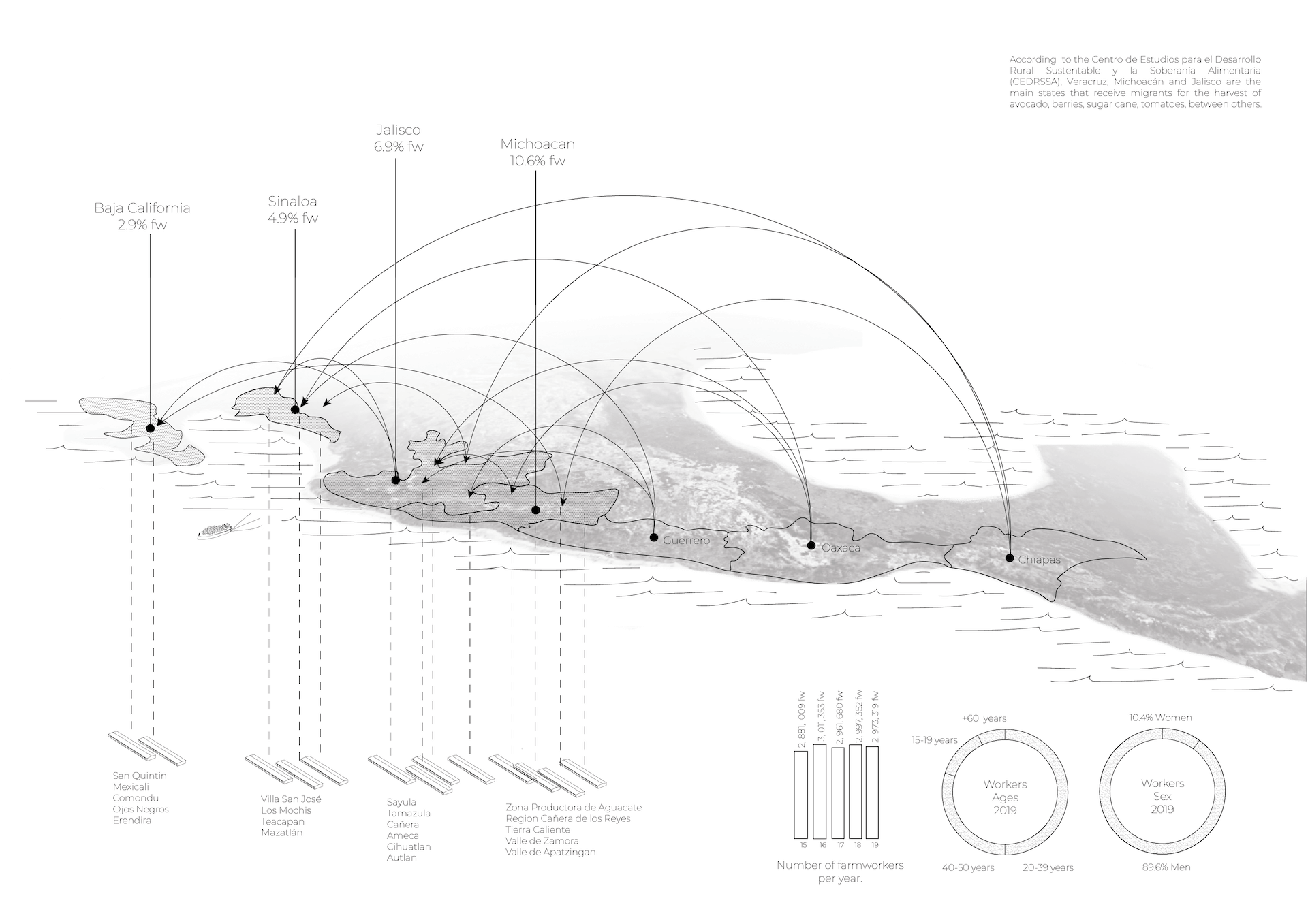
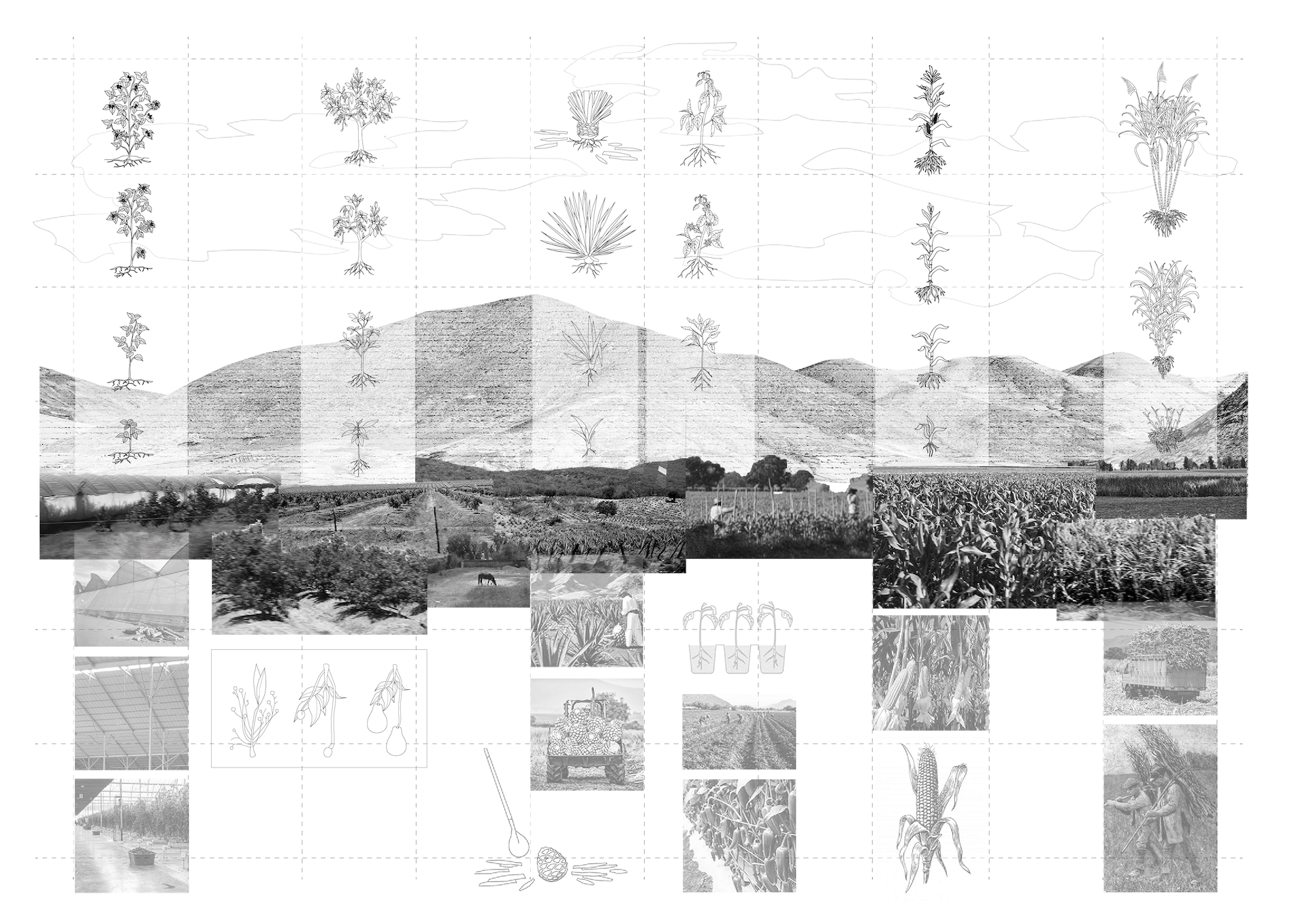
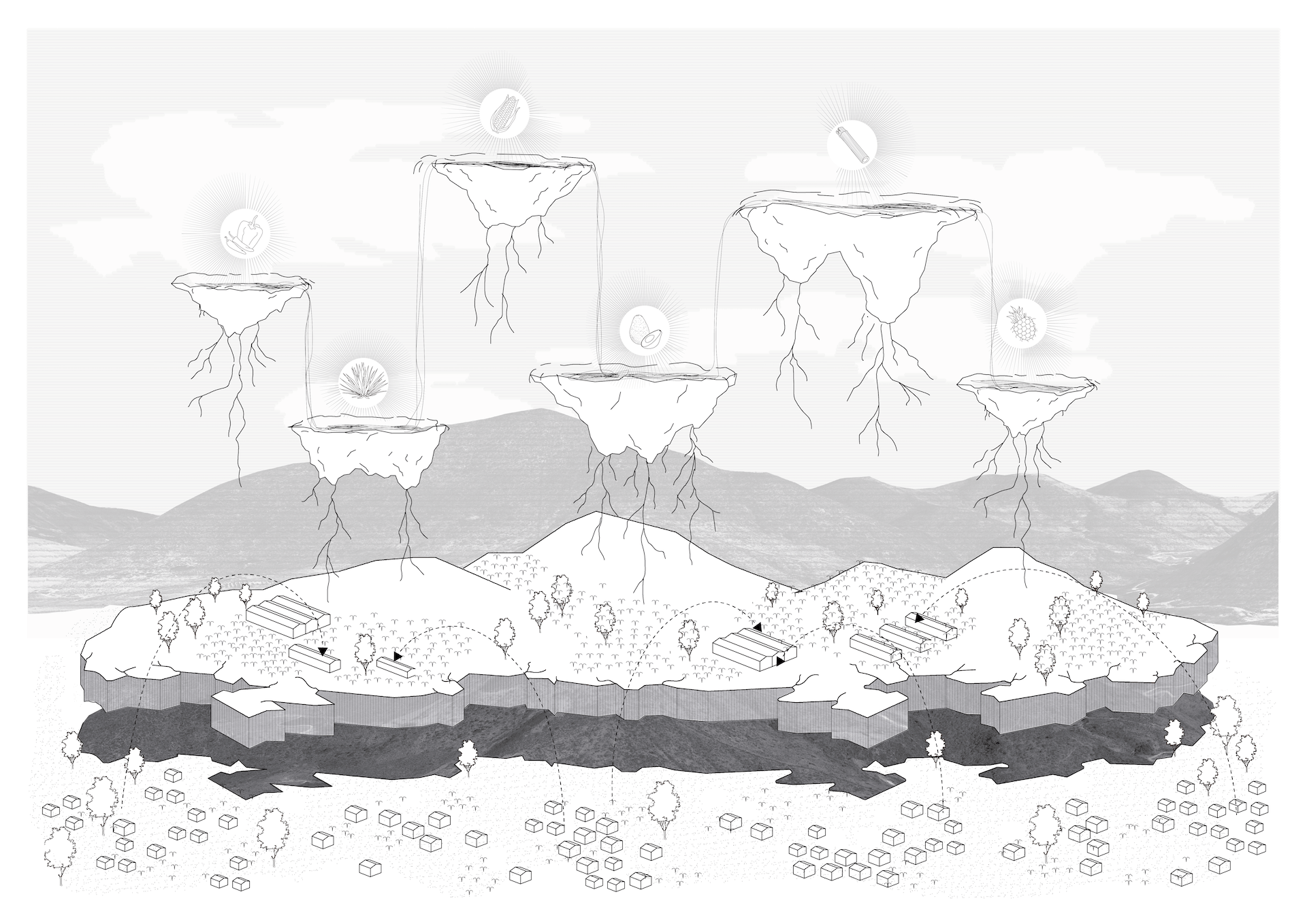
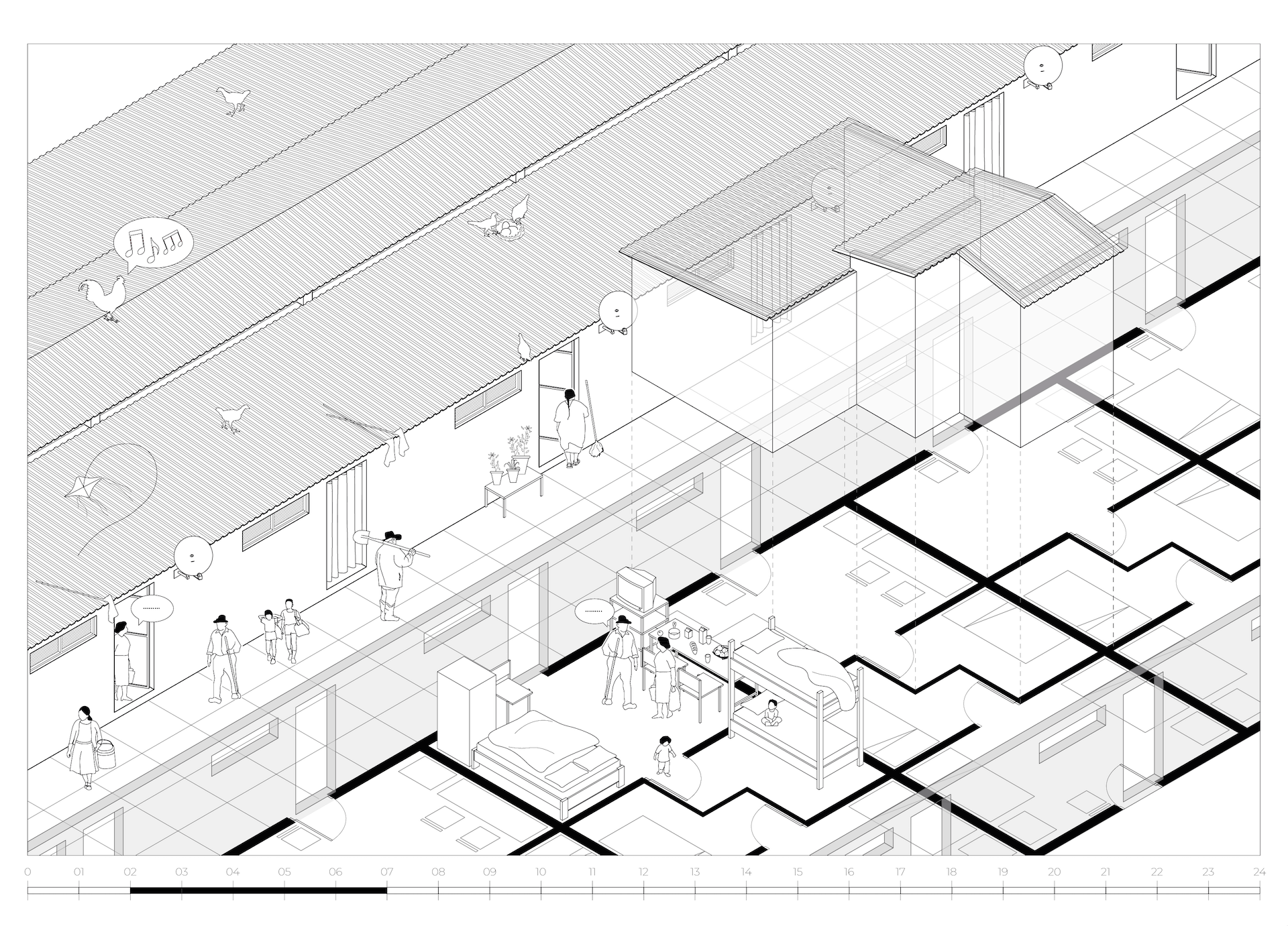
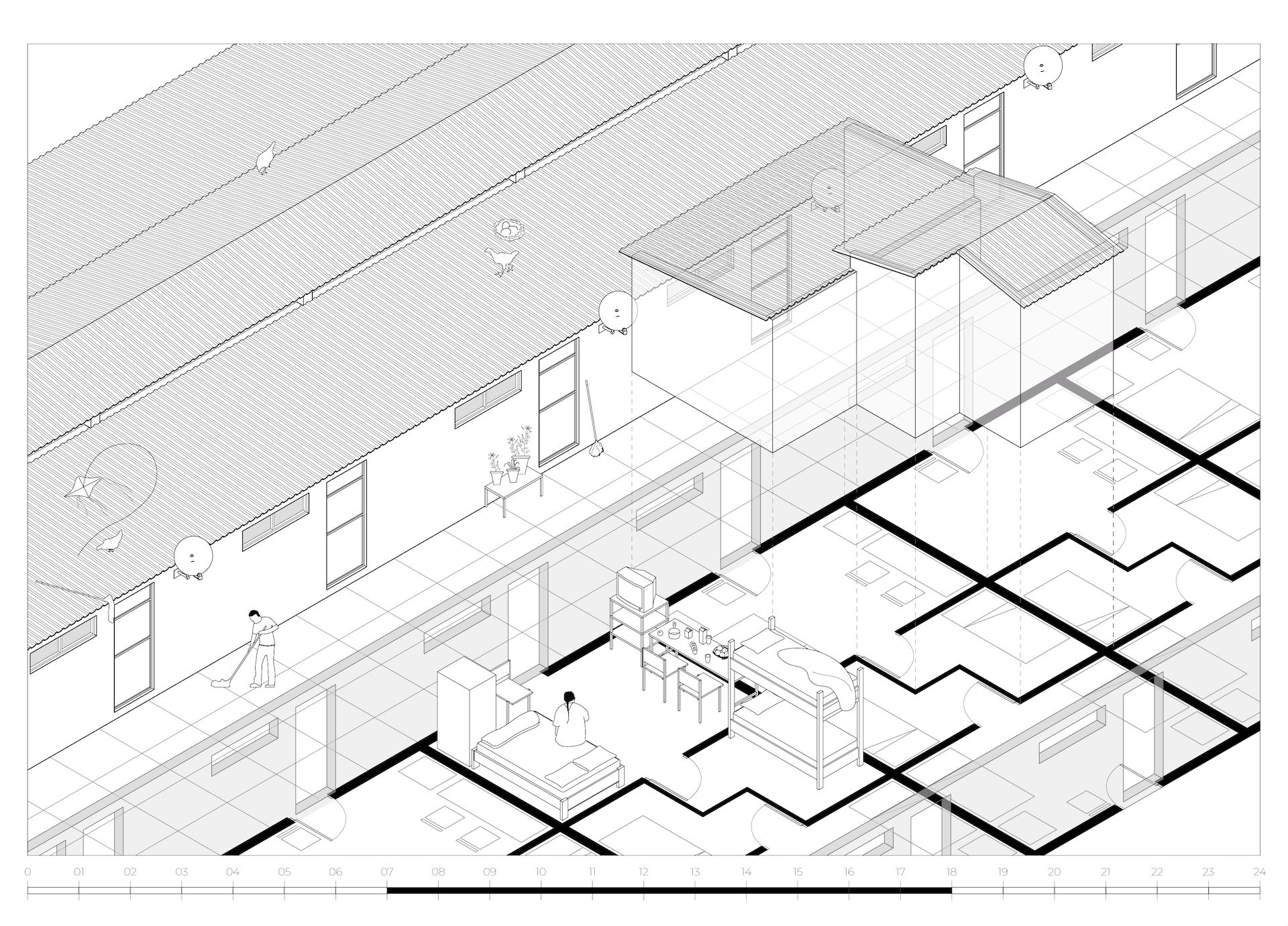
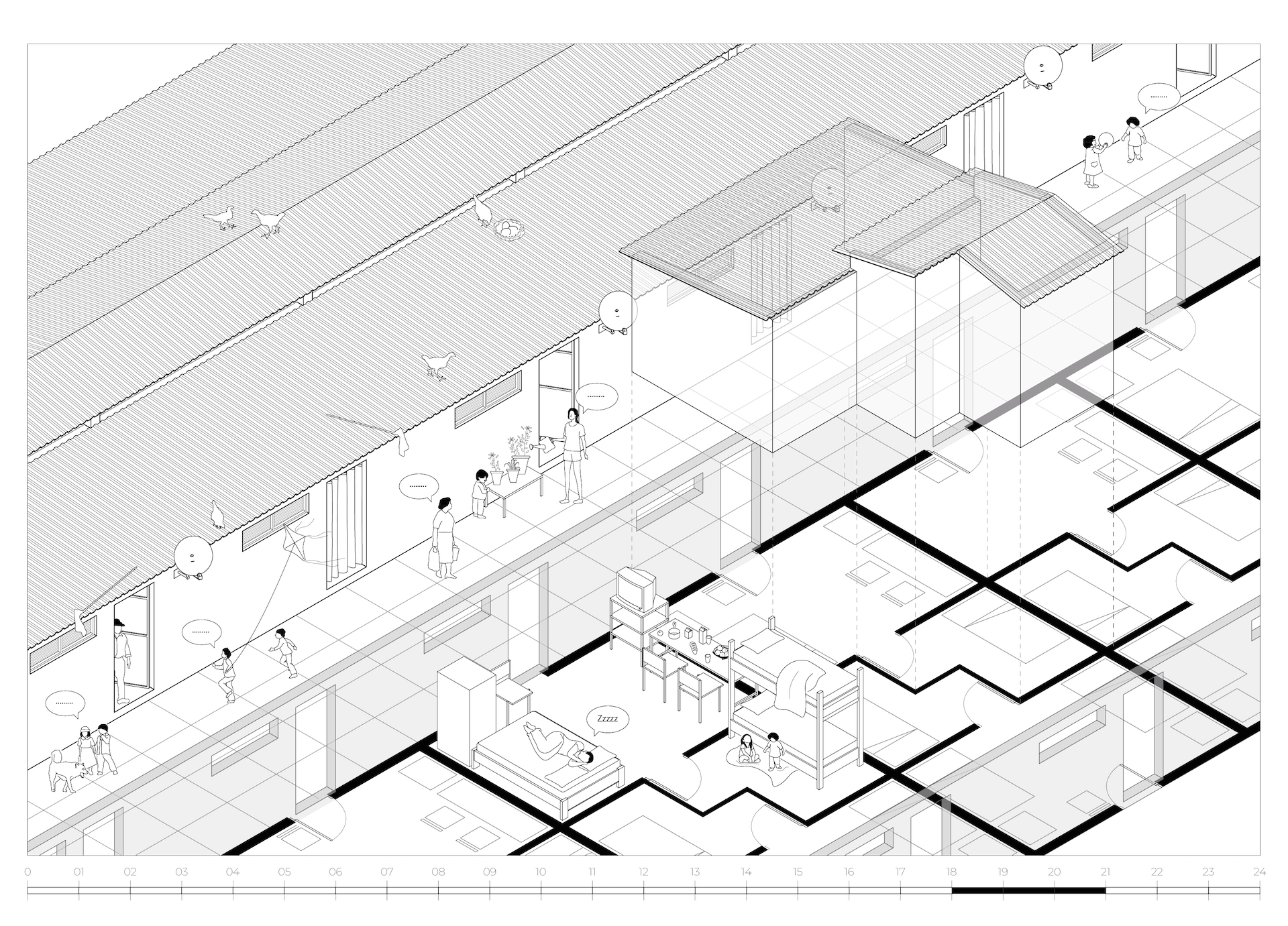
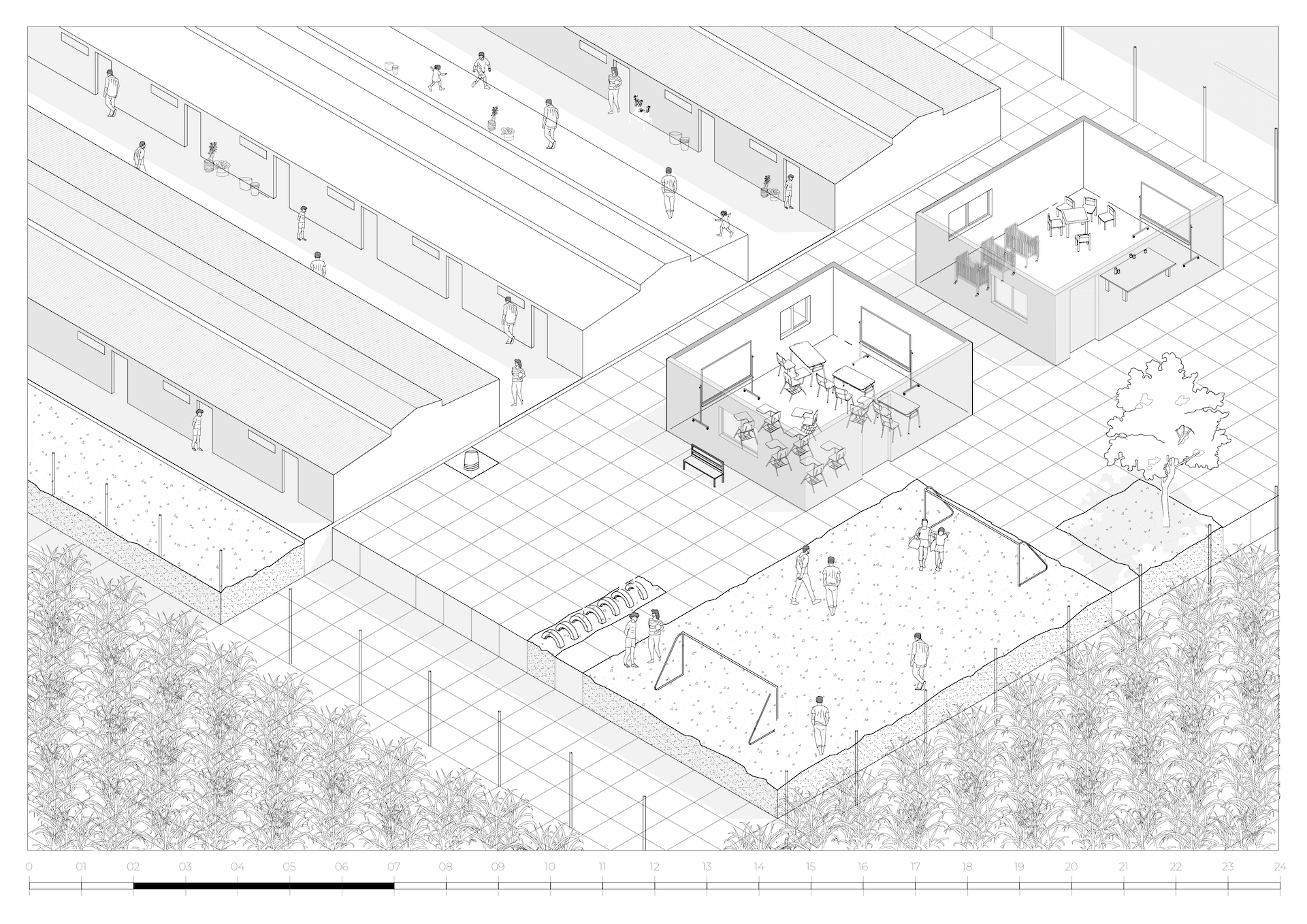
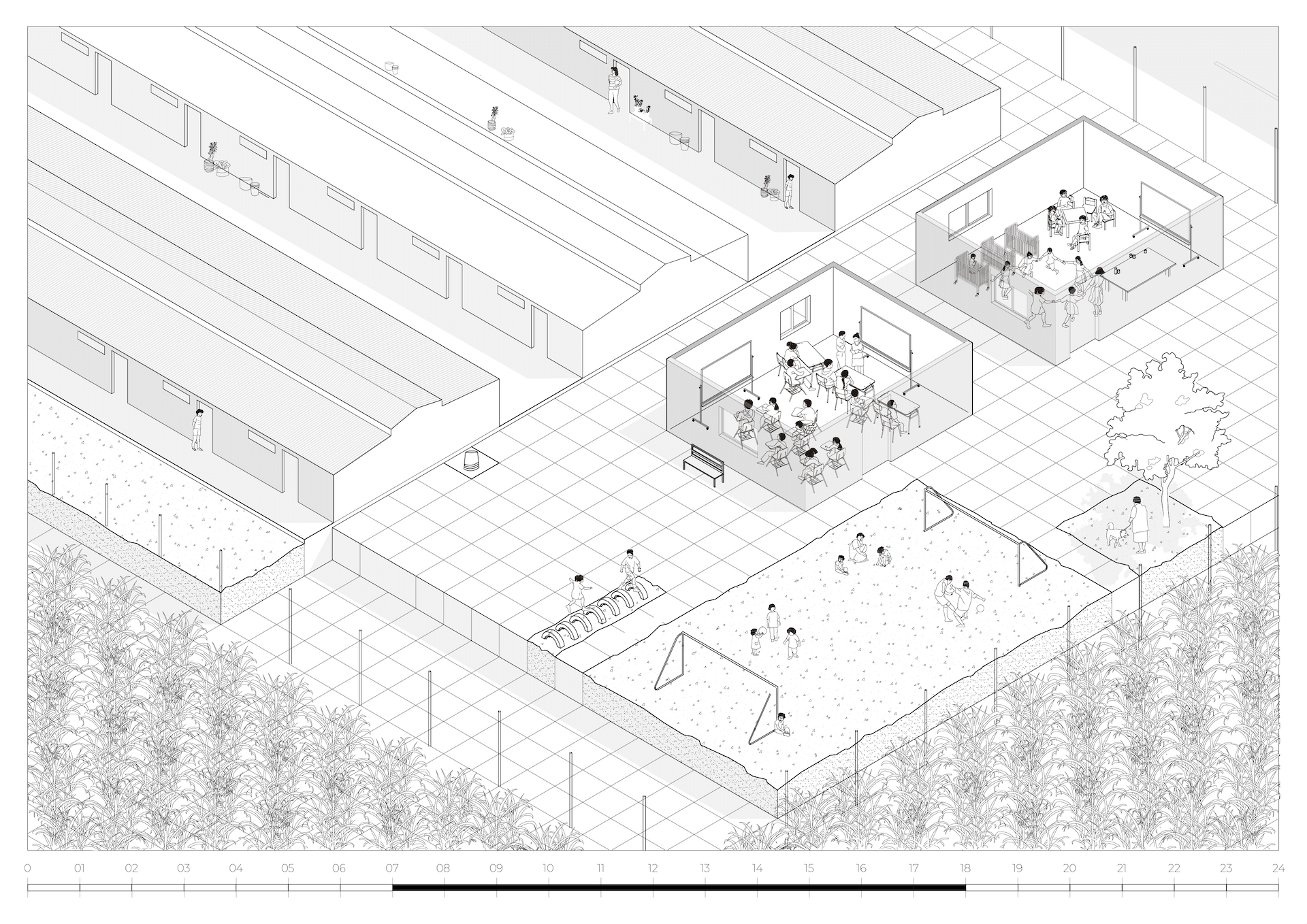
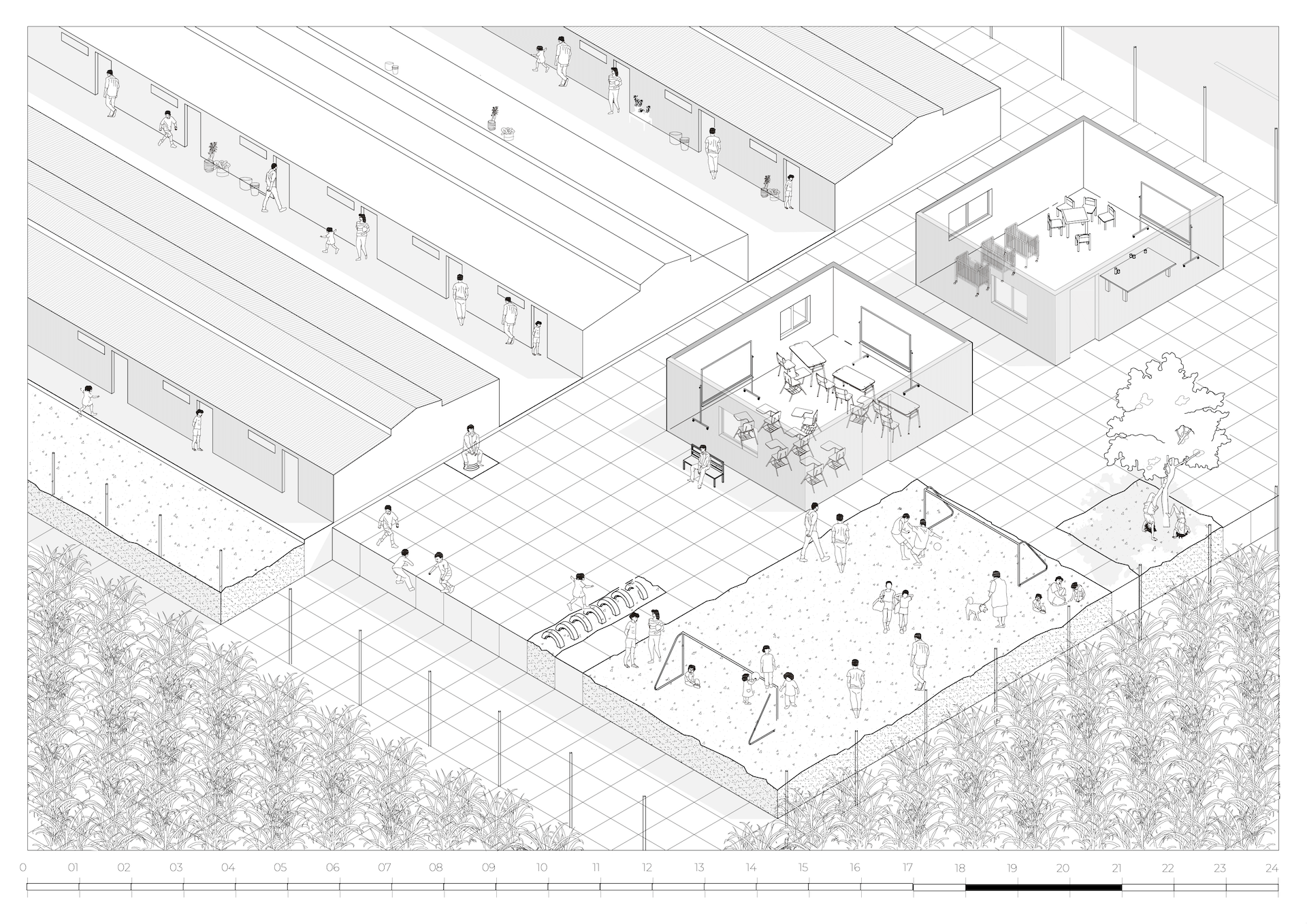

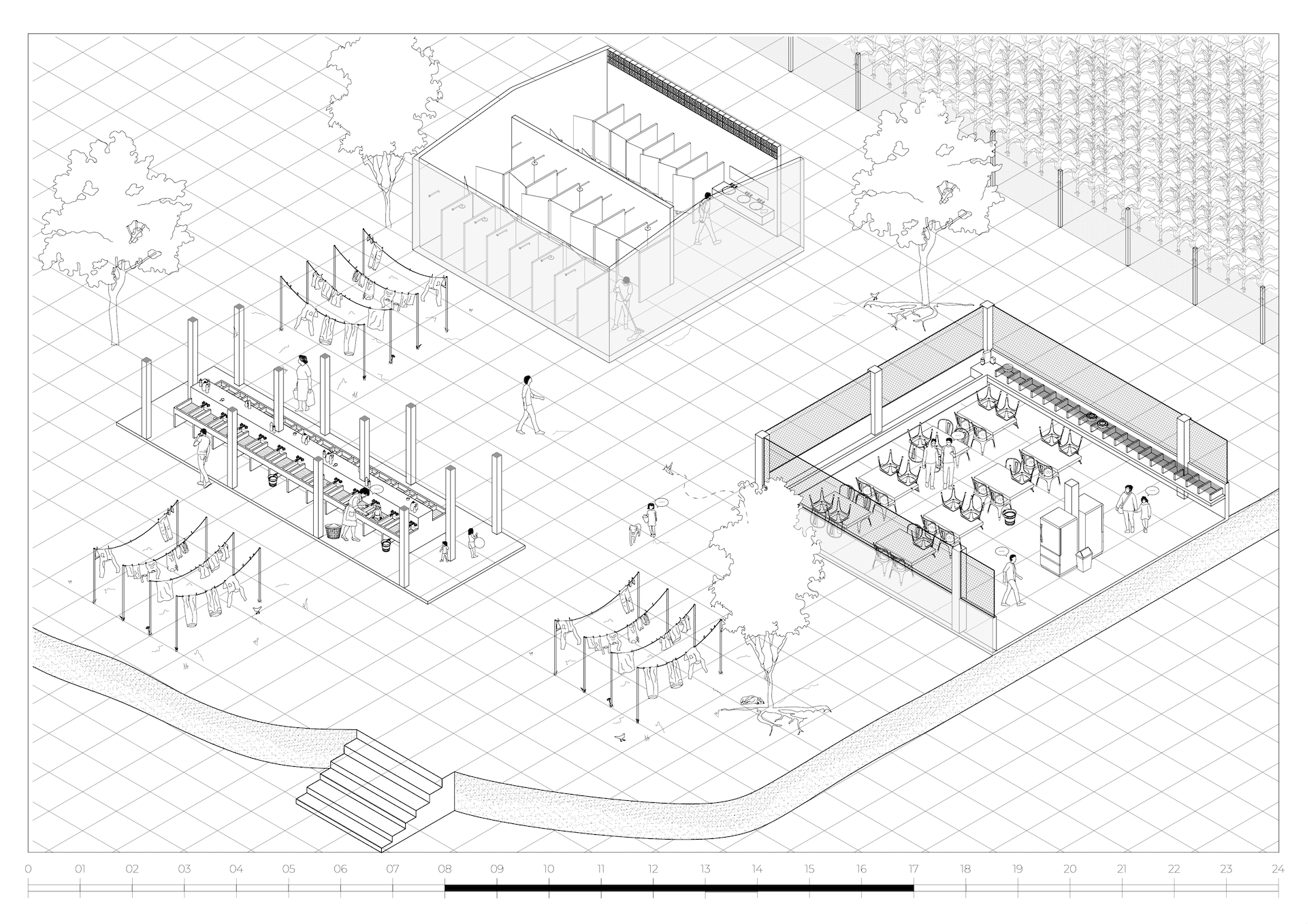
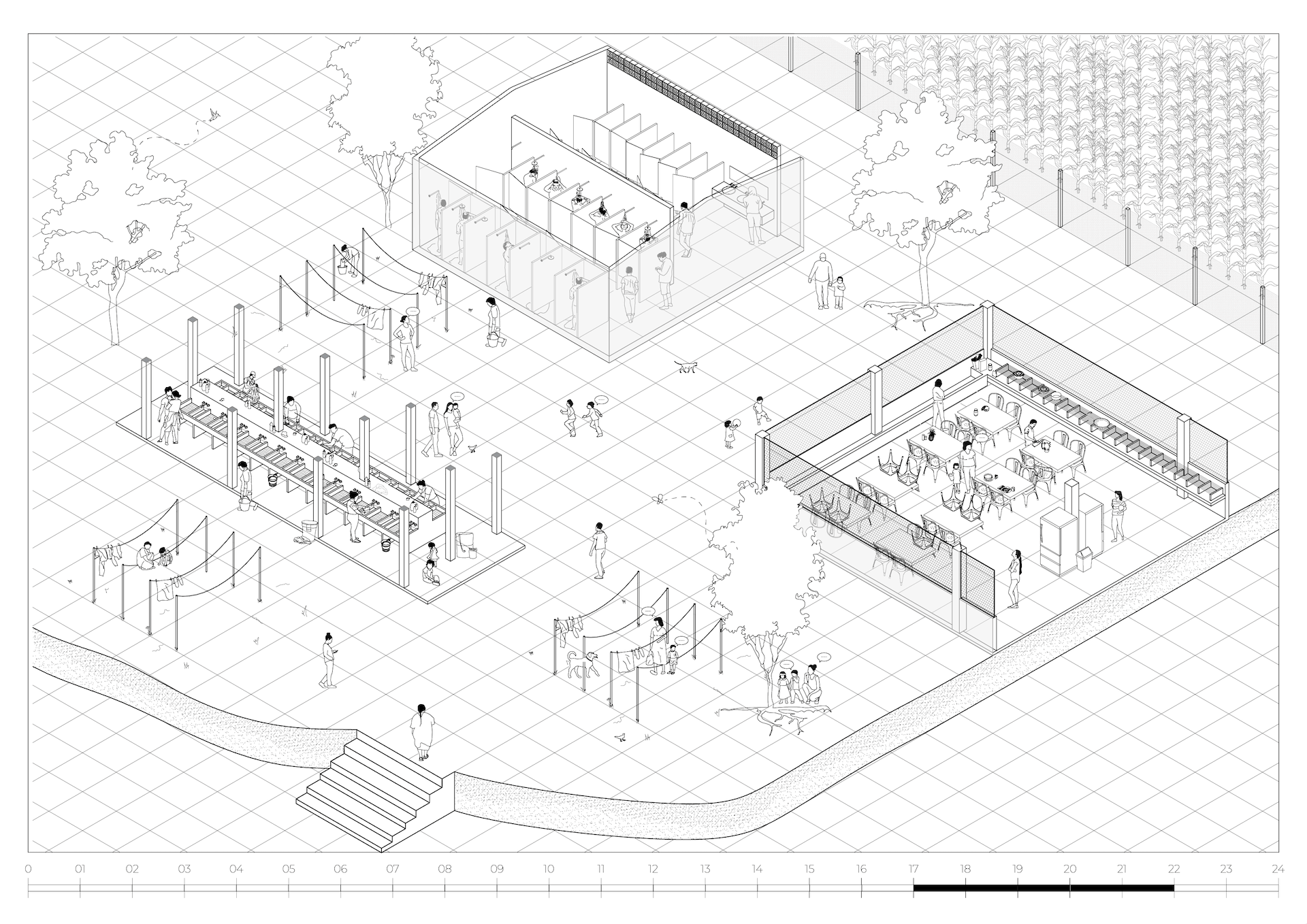
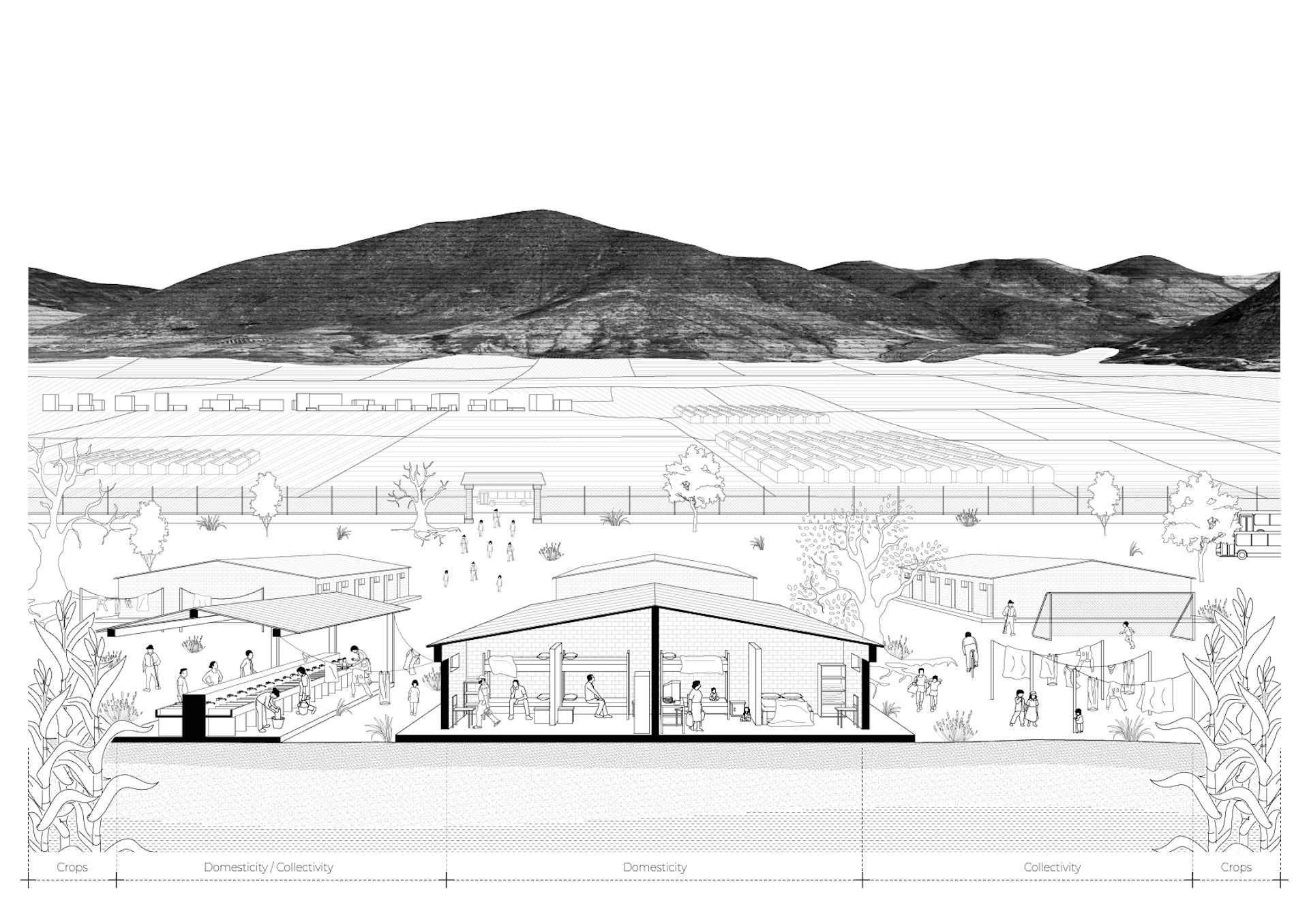
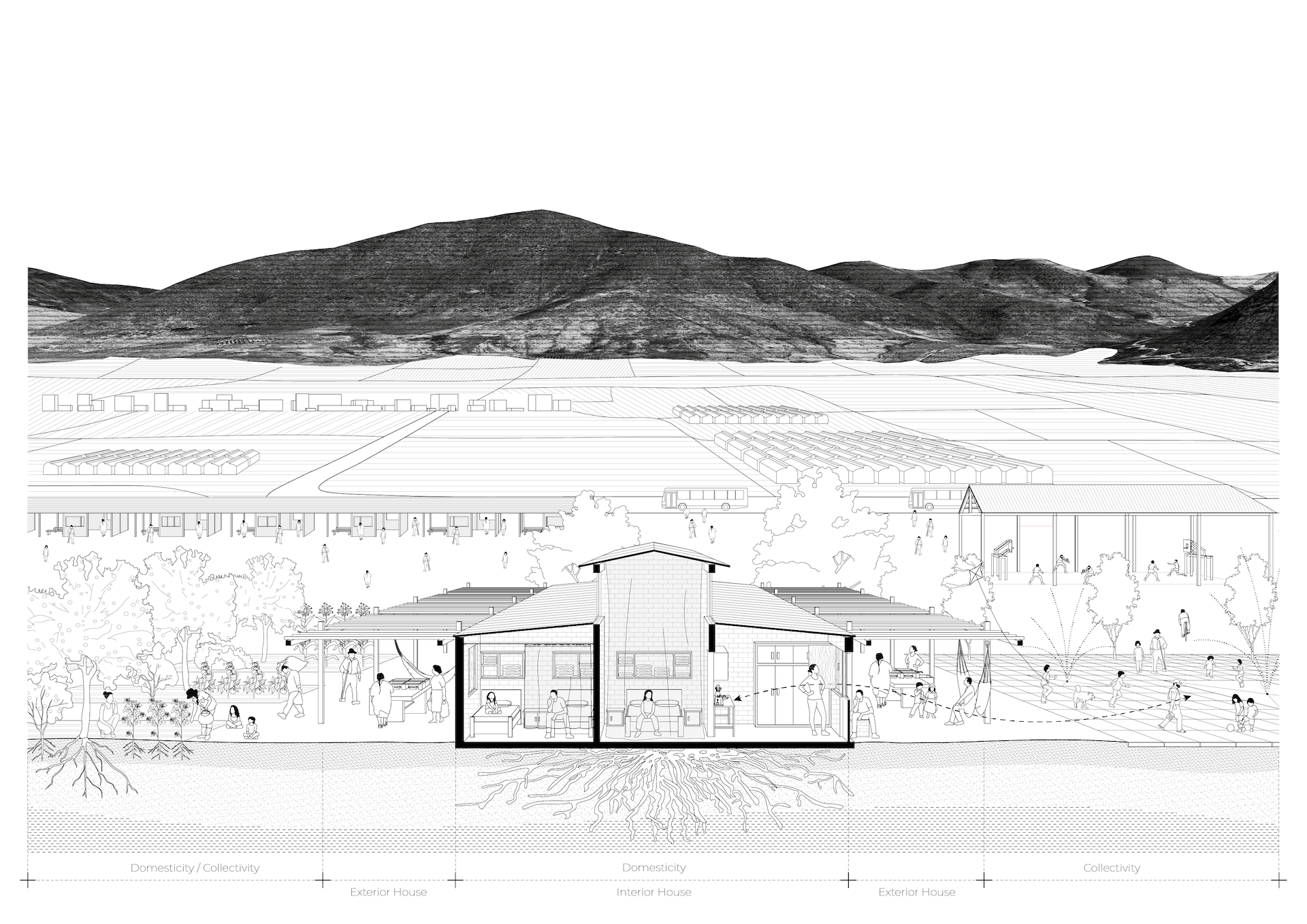
Credits
-
Diana Martinez
Jesús Corona
Javiera Cartagena
-
Estudio ALA